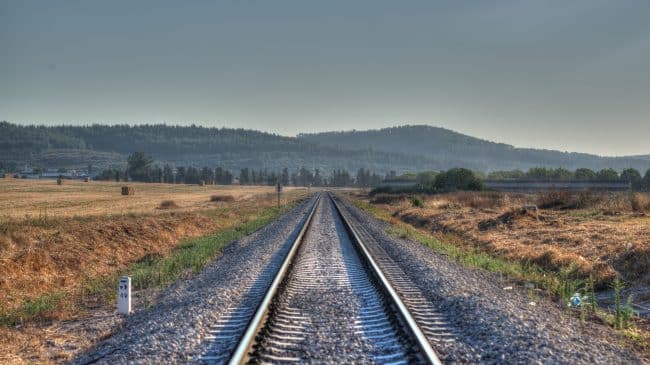While delays, cost overruns, and an adverse state audit have fueled opposition to California’s high-speed rail project, proponents still argue the system is needed to reduce greenhouse-gas emissions.
But, in the decade following passage of the bullet train ballot measure, the climate justification for high-speed rail has weakened considerably. It now appears that the bullet train, if ever completed, would provide little or no reduction in overall greenhouse-gas emissions.
Since voters approved high-speed rail in 2008, electric car technology has improved greatly, and state policies have accelerated the transition to zero-emission vehicles. Last year, then-Gov. Jerry Brown signed an executive order setting a goal of having 5 million electric vehicles on the state’s roads by 2030.
By the time the first bullet train pulls out of San Jose’s Diridon Station, it may well displace more electric vehicle trips than trips by cars relying on fossil fuels. If our electricity comes from renewable sources by then, high-speed rail would be replacing car trips that don’t produce greenhouse-gas emissions. The further the high-speed project falls behind schedule, the fewer climate change-inducing car trips it will prevent.
Of course, high-speed rail is also intended to replace plane trips between the Bay Area and Los Angeles. That would only happen if money can be found to tunnel under the Tehachapi mountains in Southern California. And, even then, greenhouse-gas savings would likely be less than originally expected as airlines deploy more fuel-efficient planes and potentially transition fleets to biofuels.
Further limiting the rail plan’s environmental success, the number of car and plane flights that will be replaced by the bullet train is much lower than the California High-Speed Rail Authority expects. The authority’s latest business plan contains a median projection of 38 million annual rides in 2040, which would be more than triple the 2017 ridership throughout Amtrak’s busy Northeast Corridor connecting Washington, New York and Boston. It seems inconceivable that California’s high-speed rail line could quickly outperform a century-old route that serves a more-densely populated area.
A 2013 Reason Foundation study estimated annual ridership for the rail system at between 4.8 million and 6.9 million — once the system linked Los Angeles and San Francisco. A new study from independent researchers William Grindley and William Warren suggests that equaling Amtrak’s high-speed Acela line’s 3.5 million annual riders in the Northeast Corridor is a potential maximum for California bullet train utilization.
With fewer riders shifting from alternative modes that produce less greenhouse-gas emissions, high-speed rail’s climate change benefits will likely be much less than expected.
These lower potential emission savings must be weighed against greenhouse gases generated during the rail line’s construction. The rail authority reported that contractor vehicles produced 1,400 metric tons of carbon dioxide in 2015 alone. That’s the equivalent of the emissions produced by 300 cars in one year, but it is only a very small fraction of the project’s impact, which also includes the energy used to produce the concrete and steel used.
In a 2010 UC Berkeley study, Professors Mikhail Chester and Arpad Horvath estimated that the entire California high-speed rail project would generate 9.7 million metric tons of carbon dioxide during construction.
Chester and Horvath estimated that it would take high-speed rail 71 years of operation at medium occupancy to offset its own construction-related greenhouse-gas emissions. Given the project’s delays and carbon reductions being achieved by new technology, like electric vehicles, it is possible that, if built, the rail system will never pay back the carbon investment required to build it.
Given these facts, California’s bullet train shouldn’t be expected to live up to its environmental expectations.
This column first appeared in the San Jose Mercury News.

